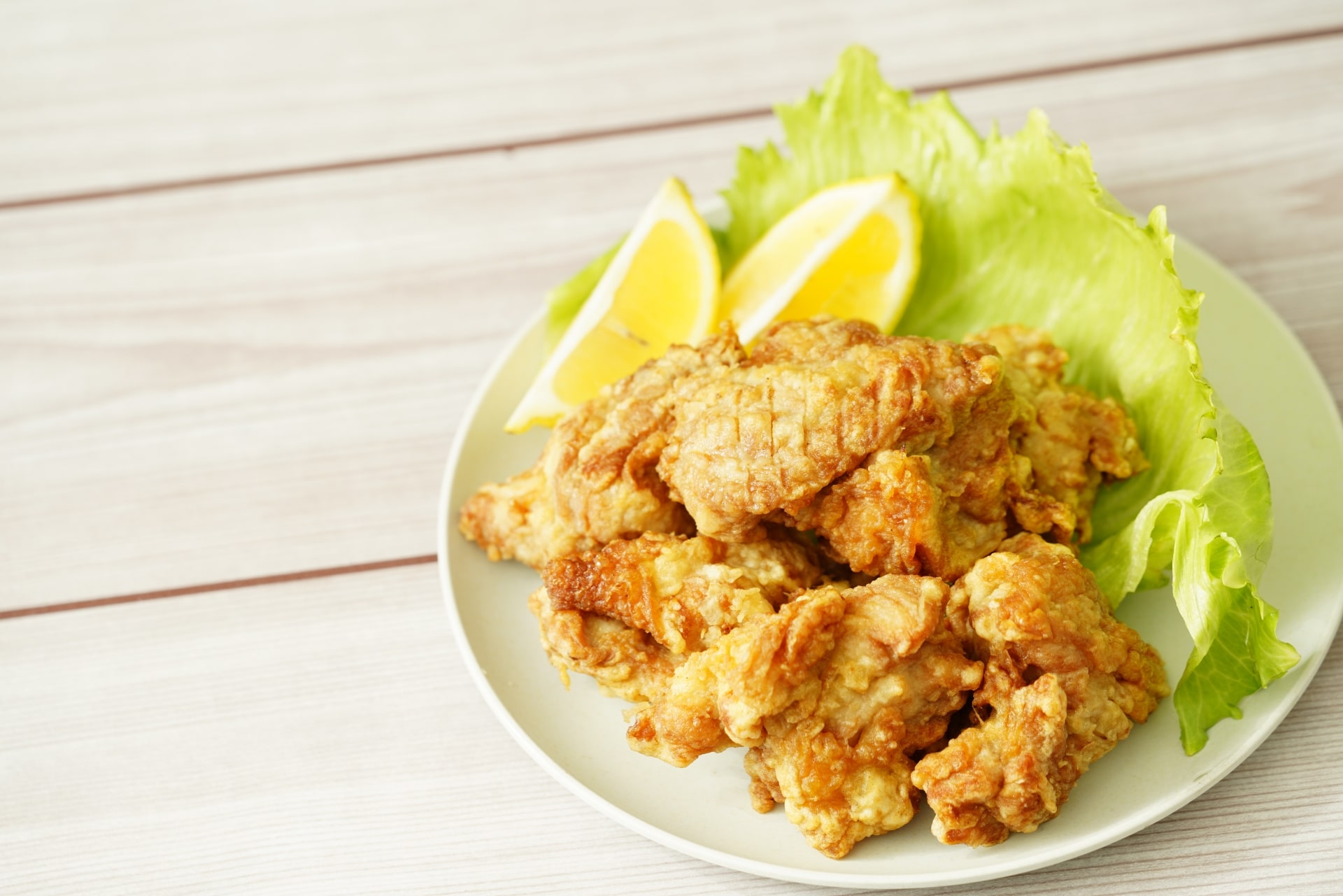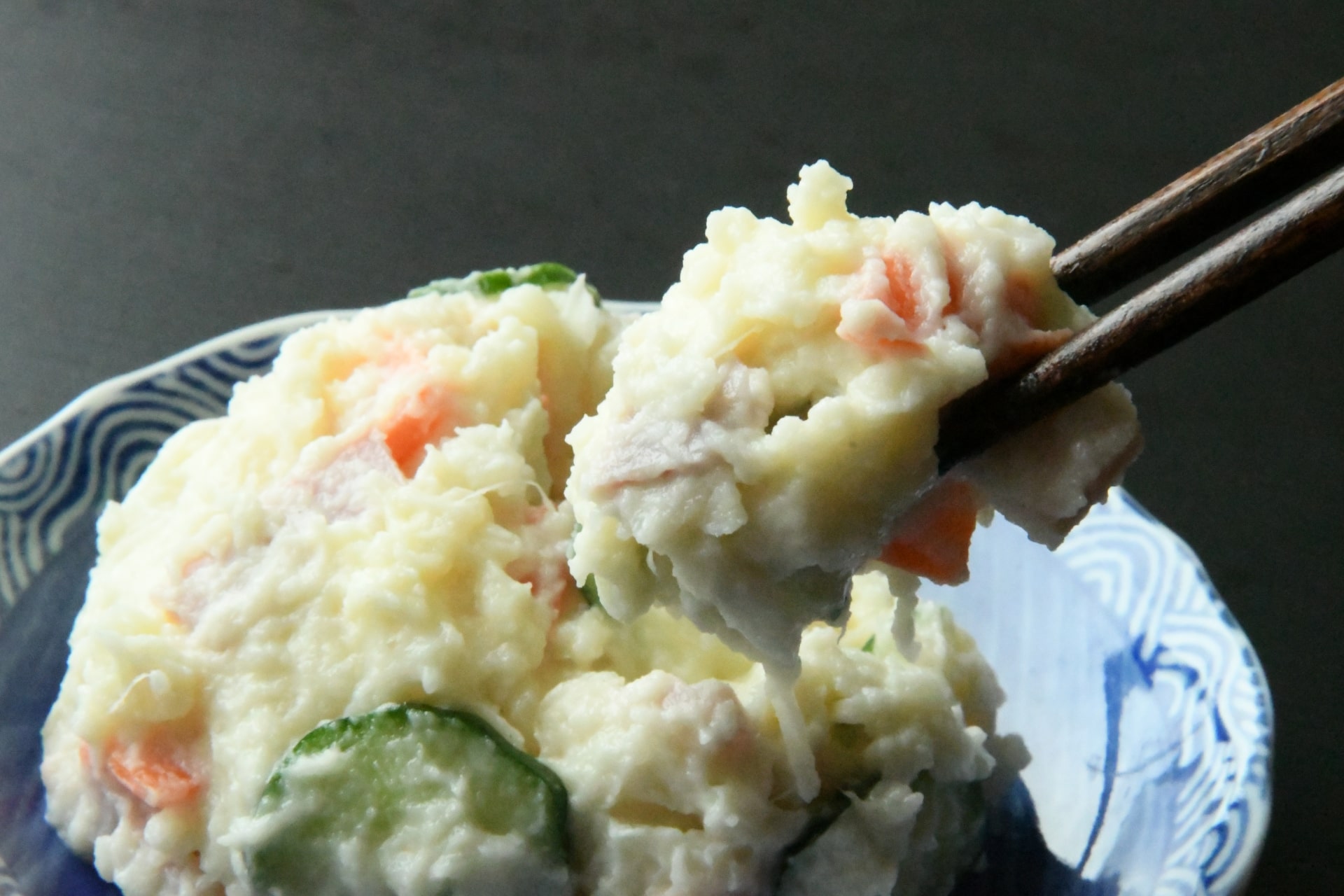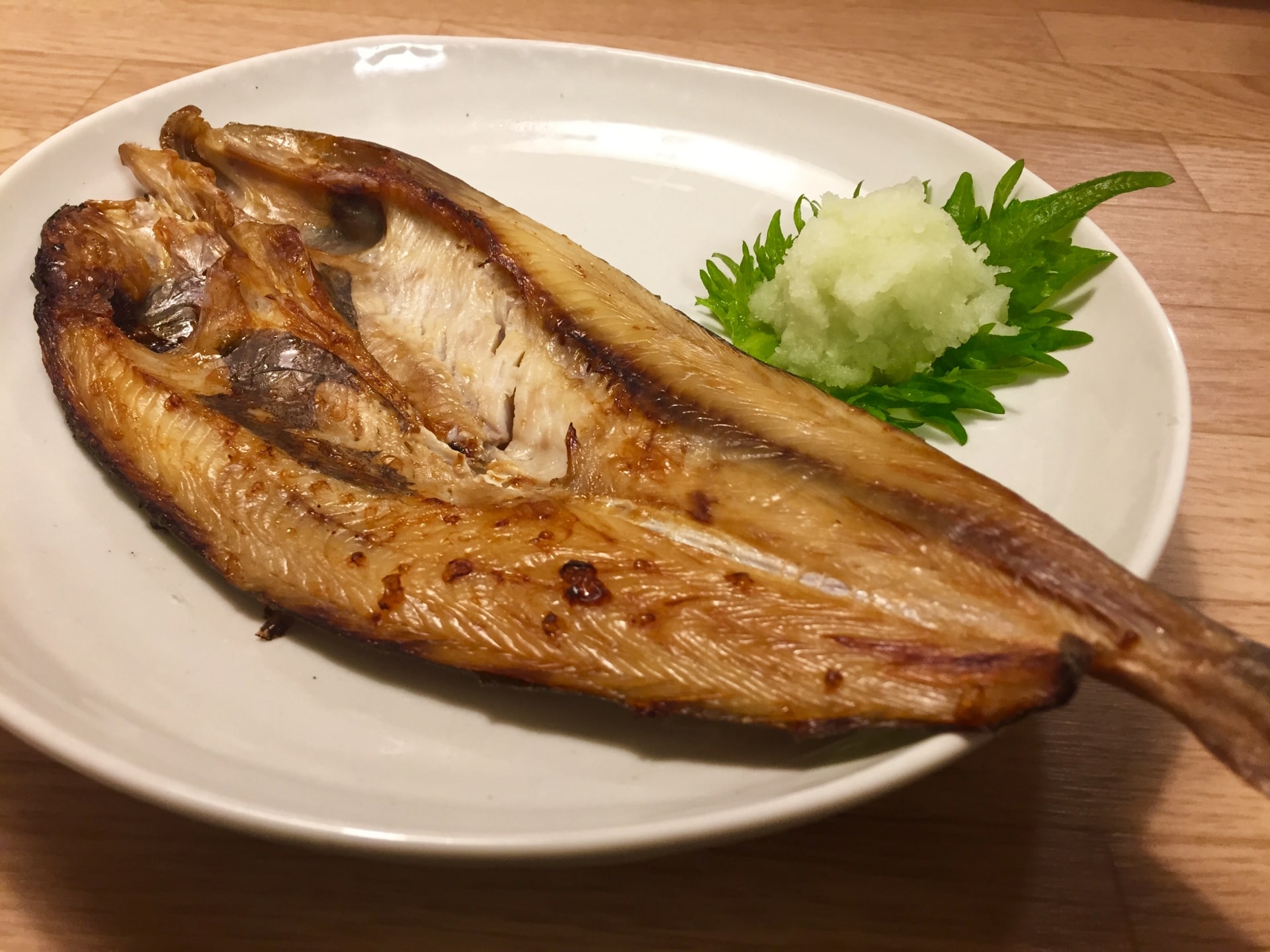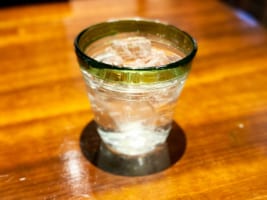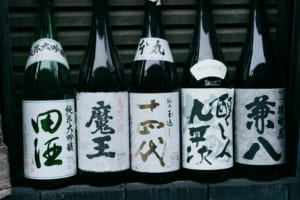10 Best Izakaya Dishes in Japan
Best Japanese Otsumami dishes

When you think about Japanese food, what comes to mind first? Most people will think about sushi, ramen, tempura, etc… Although these foods are delicious and you should try them when you visit Japan, there are other common dishes that are lesser-known to foreign visitors.
Some of these are commonly seen when you go to an Izakaya in Japan. These dishes can be enjoyed both by themselves or as a complementary side when drinking alcoholic beverages.
In this article, I will introduce to you our list of 10 best izakaya dishes in Japan. Be sure to try out these Izakaya foods that are also known as Otsumami (おつまみ) when you have a chance to come to Japan and go to an Izakaya.
1. Karaage
The first Izakaya food on our list is Karaage (からあげ) which refers to any fried food. In most cases, it refers to chicken, but there are many other types of Karaage such as fish, octopus, squid, Gobo (Burdock), mushrooms, and many other types of vegetables. Even chicken Karaage has different types such as the regular bone-less Karaage, Tatsuta-age (chicken coated with starch instead of flour, and with tartar sauce on top), and Nankotsu Karaage (fried chicken cartilage).
Karaage is one of the most preferred izakaya dishes because it accompanies well with pretty much any kind of alcoholic drink. Beer, whisky highball, wine. You name it!
2. Potato Salad
In Japan, Potato Salad (ポテトサラダ) refers to mashed potato. But it is not just simply the mashed potatoes. Potato salad includes slices of cucumber, carrot, onion, and pieces of boiled egg and ham (although there are variations to these). In many cases, this mix also includes Japanese mayonnaise (if you’re not aware of Japanese mayo, you should know it’s really creamy and good!) which gives a well-balanced taste to the otherwise monotonous potato flavor.
this is another dish that goes well with pretty much any kind of drink.
3. Sashimi

It is said that in most cases, sashimi goes well with white wine or Japanese sake.
4. Edamame

It is the case not only because of its taste but also because edamame has properties that dilute the negative effects that alcoholic drinks have. Edamame contains vitamin B1 which helps disassemble sugars, and also contains vitamin B2 which helps burn fat in your body. Knowing this, you may feel a little less guilty to have some beers alongside edamame.
5. Yakitori
Another very popular izakaya food is Yakitori (焼き鳥). Yakitori consists of bite-sized grilled chicken skewers. It might sound simple at first, but pretty much any part of the chicken is used as a type of yakitori; from the regular breast meat and thigh meat, to chicken cartilage, heart, liver, and chicken skin. These can be prepared simply seasoned with salt, or with a special sauce. Yakitori has so many variations that there is actually izakaya that specialize only in yakitori.
Yakitori matches well with Japanese sake, beer, red wine, and whisky highball.
6. Yakisoba
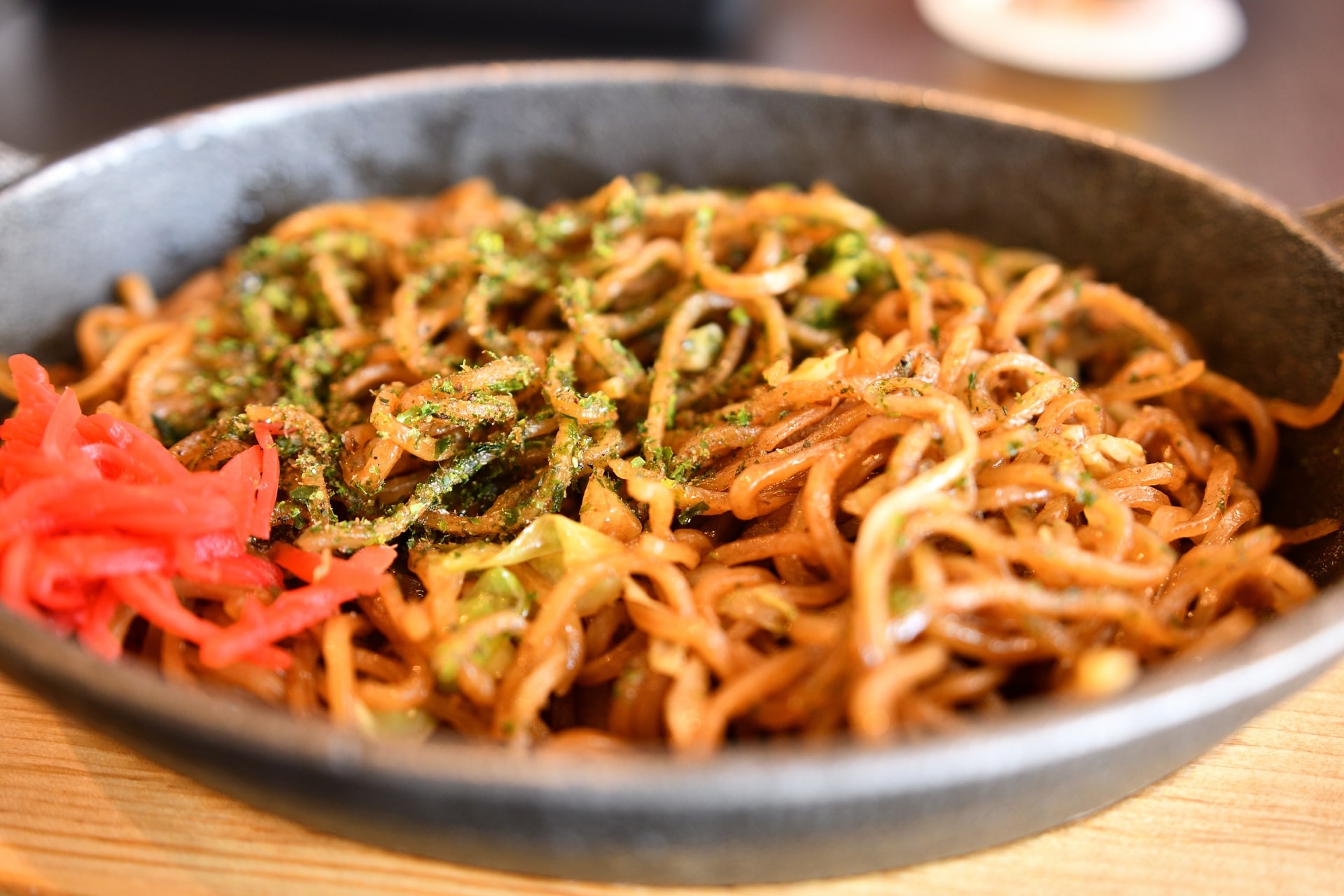
Yakisoba tends to have a strong taste, making it match well with beer, whisky, and red wine.
7. Takowasa
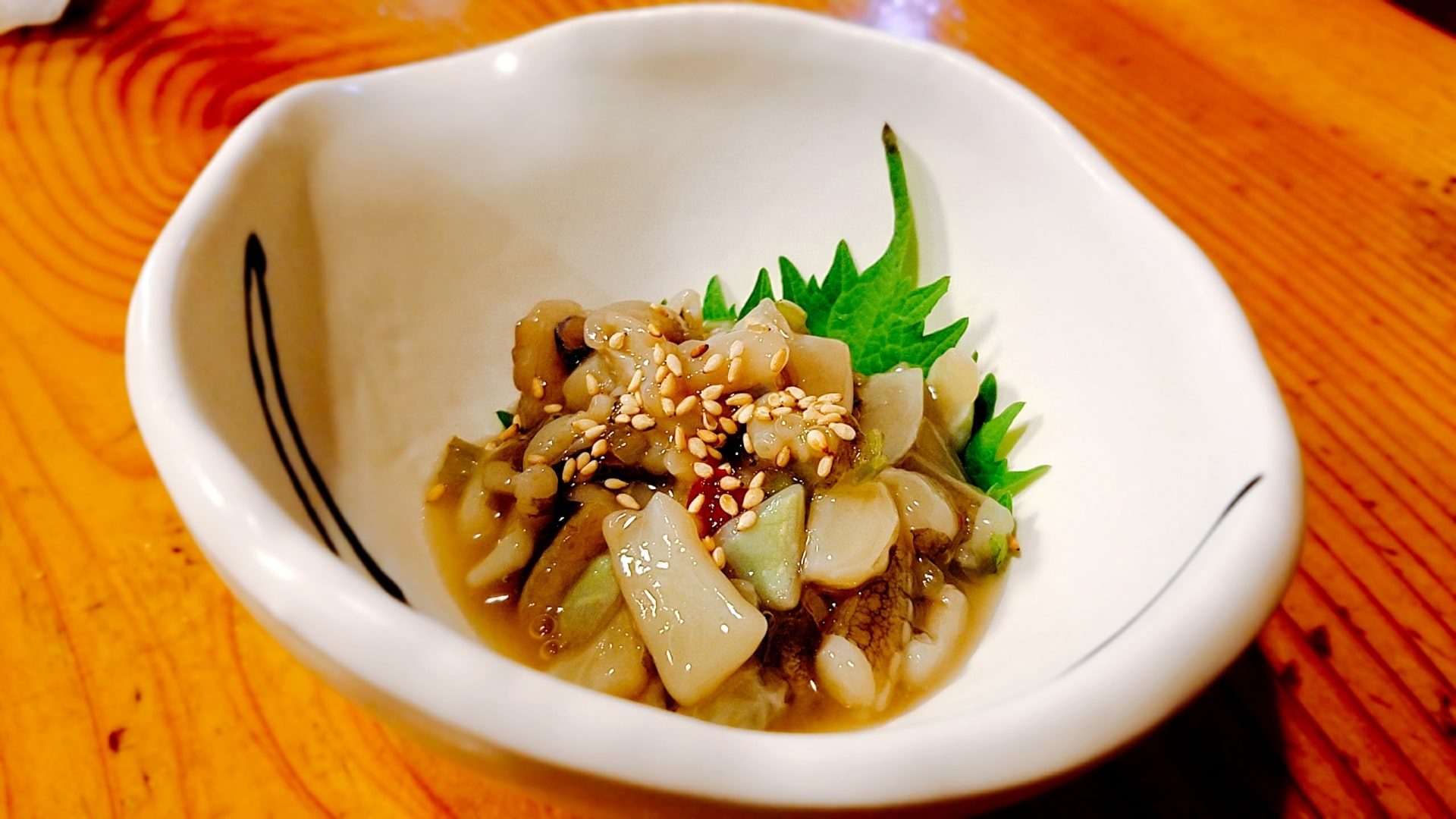
Takowasa matches perfectly with Japanese sake.
8. Dashimaki Tamago
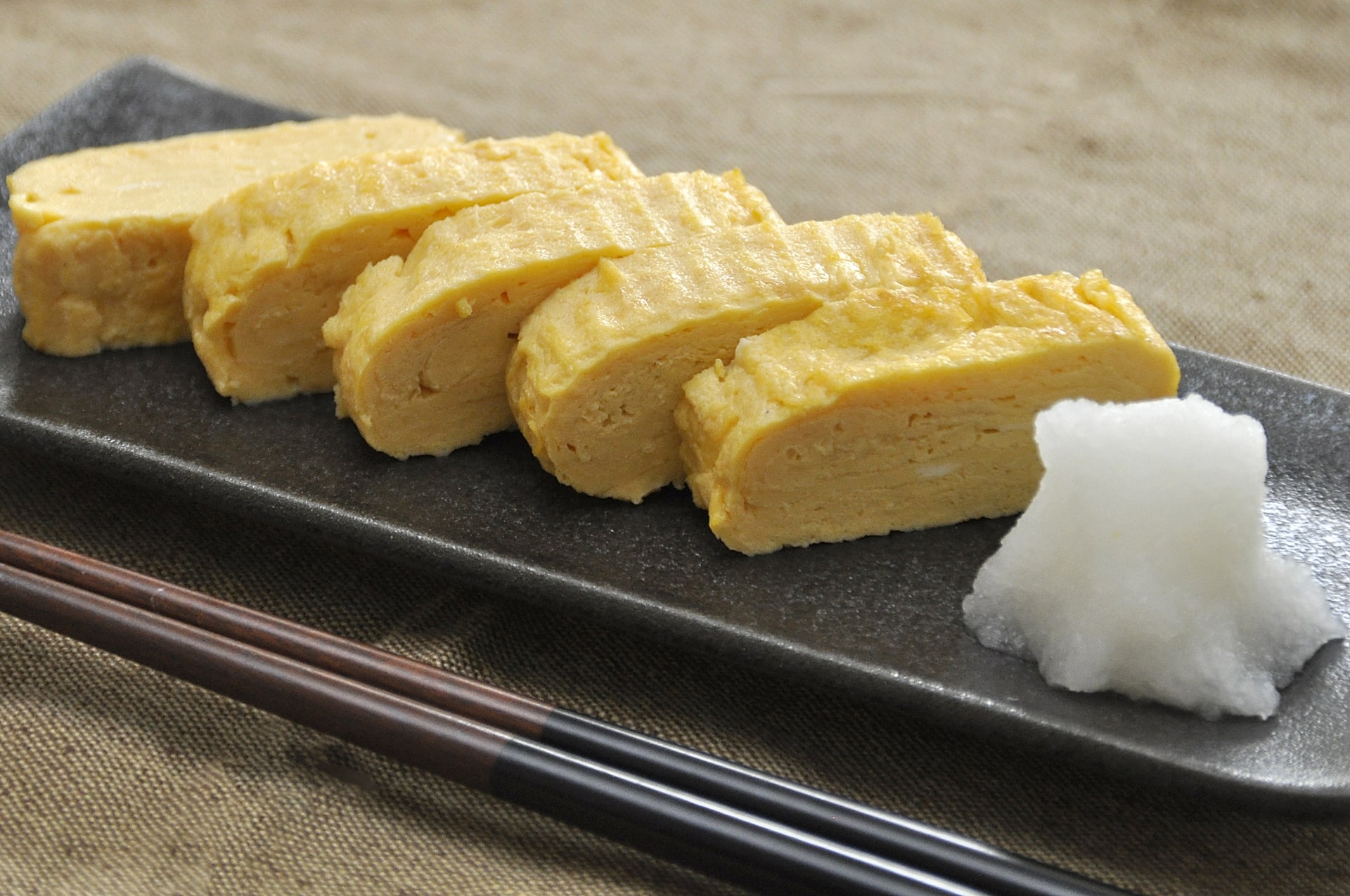
Dashimaki tamago is a dish that matches well with Japanese shochu and Japanese sake.
9. Motsu Nikomi
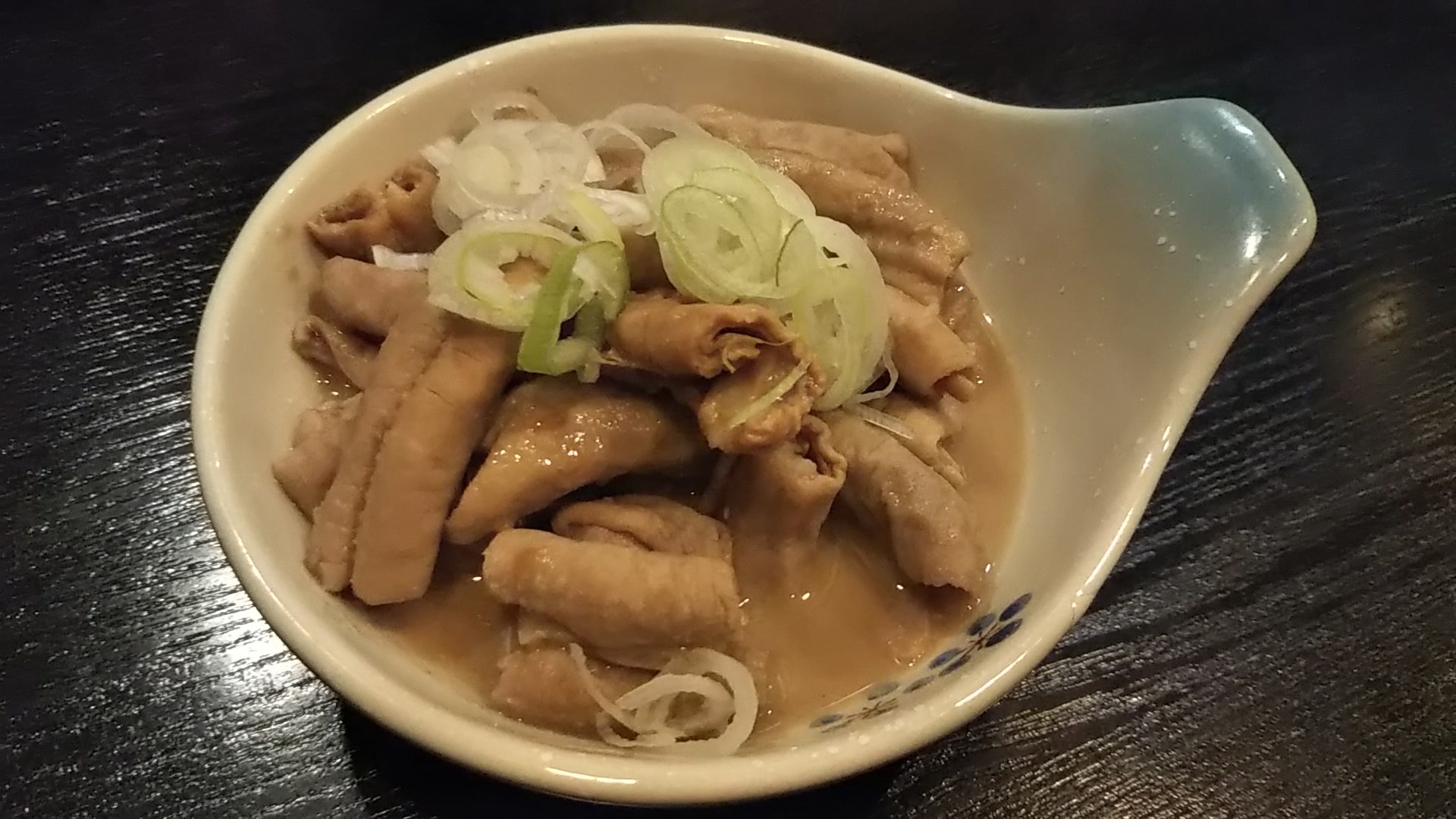
This dish is said to match well with Japanese sake, beer, and red wine (in that order).
10. Yaki Sakana
And lastly, on this list, we have Yaki Sakana (焼き魚). Yaki sakana literally means “grilled fish”. Depending on the izakaya, they may have different types of yaki sakana. Some of the most common yaki sakana are Hokke (atka mackerel), Saba (mackerel), Sanma (Pacific saury), and salmon.
Japanese sake and white wine are usually the recommended drinks to accompany this izakaya dish.
I hope you enjoyed this article about Japanese Izakaya foods. If you like Japanese alcoholic drinks, make sure to check out the following articles.
▽Related Articles▽
▼Editor’s Picks▼
Written by
Born and raised in Costa Rica, I started living in Tokyo from college. I love traveling within Japan & around the world. Since I wasn’t born in Japan, I know the cultural impact that you can get when visiting Japan for the first time and what you might be worried about before your trip. And I’ve lived long enough to somewhat understand the nuances of the Japanese culture that make this country such an attractive place to visit. Hopefully I can provide to you both the information you’re looking for and the information you didn’t know you needed to know.





